 Montreal, 29 September 2017 – Today, the World Anti-Doping Agency (WADA) publishes the 2018 List of Prohibited Substances and Methods (List); along with, the 2018 Summary of Major Modifications and Explanatory Notes. The List, which was approved by WADA’s Executive Committee on 24 September 2017, comes into force on 1 January 2018.
Montreal, 29 September 2017 – Today, the World Anti-Doping Agency (WADA) publishes the 2018 List of Prohibited Substances and Methods (List); along with, the 2018 Summary of Major Modifications and Explanatory Notes. The List, which was approved by WADA’s Executive Committee on 24 September 2017, comes into force on 1 January 2018.
The List, which is one of five International Standards that are mandatory for all Signatories of the World Anti-Doping Code (Code), designates what substances and methods are prohibited both in- and out-of-competition; and, which substances are banned in particular sports. “WADA is pleased to publish the 2018 Prohibited List,” said WADA President, Sir Craig Reedie. “Updated annually, the List is released three months ahead of taking effect so that all stakeholders — in particular athletes and their entourage — have sufficient time to familiarize themselves with the document and its modifications,” Reedie continued. “It is vital that all athletes and entourage take the necessary time to consult the List; and that, they contact their respective anti-doping organizations (ADOs) if they have any doubts as to the status of a substance or method.”
“Annually, the Prohibited List review involves a very extensive stakeholder consultation process over the course of nine months,” said Director General, Olivier Niggli. “In reviewing the List, experts examine such sources as: scientific and medical research; trends; and, intelligence gathered from law enforcement and pharmaceutical companies in order to stay ahead of those that endeavor to cheat the system,” Niggli continued.
The List’s annual revision process is led by WADA, beginning with an initial meeting in January and concluding with the publication of the List by 1 October. This is an extensive nine-month consultation process that includes WADA’s List Expert Group gathering information; circulating a draft List amongst stakeholders; taking their submissions into consideration and revising the draft; followed by, review by the Agency’s Health, Medical and Research (HMR) Committee.
The HMR Committee then makes its recommendation to WADA’s Executive Committee that approves the List during its September meeting. For a substance or method to be added to the List, it must be determined that it meets two of the following three criteria: 1. it has the potential to enhance or enhances sport performance; 2. it represents an actual or potential health risk to the athletes; or, 3. it violates the spirit of sport.
It should be noted that, for athletes who have a legitimate medical reason for using a prohibited substance or method that is on the List, they may be accommodated if they meet the criteria outlined in the International Standard for Therapeutic Use Exemptions (ISTUE). The TUE process has overwhelming acceptance from athletes, physicians and anti-doping stakeholders worldwide.
To view the changes made in the 2018 Prohibited List as compared to the 2017 version, please see the 2018 Summary of Major Modifications and Explanatory Notes.
Languages and Formats
As of today, the 2018 Prohibited List, the Summary of Modifications, and the 2018 Monitoring Program are available for download on WADA’s website in English and French. Spanish will follow shortly.
Stakeholders wishing to translate the List into other languages are kindly asked to signal their interest at info@wada-ama.org, by 27 October. If interested, WADA would provide the necessary files; and, once the translation is finalized, would make the List available on the Agency’s website.
The List’s mobile-friendly digital edition will go live 1 January 2018.
(French version below)
L’AMA PUBLIE LA LISTE DES SUBSTANCES ET MÉTHODES INTERDITES 2018
The List, which is one of five International Standards that are mandatory for all Signatories of the World Anti-Doping Code (Code), designates what substances and methods are prohibited both in- and out-of-competition; and, which substances are banned in particular sports.
“WADA is pleased to publish the 2018 Prohibited List,” said WADA President, Sir Craig Reedie. “Updated annually, the List is released three months ahead of taking effect so that all stakeholders — in particular athletes and their entourage — have sufficient time to familiarize themselves with the document and its modifications,” Reedie continued. “It is vital that all athletes and entourage take the necessary time to consult the List; and that, they contact their respective anti-doping organizations (ADOs) if they have any doubts as to the status of a substance or method.”
“Annually, the Prohibited List review involves a very extensive stakeholder consultation process over the course of nine months,” said Director General, Olivier Niggli. “In reviewing the List, experts examine such sources as: scientific and medical research; trends; and, intelligence gathered from law enforcement and pharmaceutical companies in order to stay ahead of those that endeavor to cheat the system,” Niggli continued.
The List’s annual revision process is led by WADA, beginning with an initial meeting in January and concluding with the publication of the List by 1 October. This is an extensive nine-month consultation process that includes WADA’s List Expert Group gathering information; circulating a draft List amongst stakeholders; taking their submissions into consideration and revising the draft; followed by, review by the Agency’s Health, Medical and Research (HMR) Committee. The HMR Committee then makes its recommendation to WADA’s Executive Committee that approves the List during its September meeting. For a substance or method to be added to the List, it must be determined that it meets two of the following three criteria: 1. it has the potential to enhance or enhances sport performance; 2. it represents an actual or potential health risk to the athletes; or, 3. it violates the spirit of sport.
It should be noted that, for athletes who have a legitimate medical reason for using a prohibited substance or method that is on the List, they may be accommodated if they meet the criteria outlined in the International Standard for Therapeutic Use Exemptions (ISTUE). The TUE process has overwhelming acceptance from athletes, physicians and anti-doping stakeholders worldwide.
To view the changes made in the 2018 Prohibited List as compared to the 2017 version, please see the 2018 Summary of Major Modifications and Explanatory Notes.
Languages and Formats
As of today, the 2018 Prohibited List, the Summary of Modifications, and the 2018 Monitoring Program are available for download on WADA’s website in English and French. Spanish will follow shortly.
Stakeholders wishing to translate the List into other languages are kindly asked to signal their interest at info@wada-ama.org, by 27 October. If interested, WADA would provide the necessary files; and, once the translation is finalized, would make the List available on the Agency’s website.
The List’s mobile-friendly digital edition will go live 1 January 2018.
Montréal, le 29 septembre 2017 – L’Agence mondiale antidopage (AMA) publie aujourd’hui la Liste des substances et méthodes interdites 2018 (la « Liste »), ainsi que le Résumé des principales modifications et les notes explicatives de 2018. La Liste, qui a été approuvée par le Comité exécutif de l’AMA le 24 septembre 2017, entrera en vigueur le 1er janvier 2018.
La Liste, qui constitue l’un des cinq Standards internationaux que tous les signataires du Code mondial antidopage (le « Code ») sont tenus de respecter, énumère les substances et les méthodes qui sont interdites en compétition et hors compétition, de même que les substances qui sont bannies dans certains sports.
« L’AMA est heureuse de publier la Liste des interdictions 2018, a commenté Sir Craig Reedie, président de l’AMA. La Liste est mise à jour annuellement et publiée trois mois avant sa date d’entrée en vigueur afin que tous les partenaires – en particulier les sportifs et les membres de leur entourage – aient suffisamment de temps pour se familiariser avec le document et les modifications qui y ont été apportées. Il est primordial que tous les sportifs et leur entourage prennent le temps de consulter la Liste et communiquent avec leurs organisations antidopage (OAD) respectives s’ils ont quelque doute que ce soit sur le statut d’une substance ou d’une méthode. »
« Chaque année, la Liste des interdictions fait l’objet d’un processus de consultation des partenaires très rigoureux de neuf mois, a déclaré Olivier Niggli, directeur général de l’AMA. Les experts qui révisent la Liste prennent en compte de nombreuses sources, parmi lesquelles les études scientifiques et médicales, les tendances et les renseignements obtenus des forces de l’ordre et des compagnies pharmaceutiques, et d’autres éléments de manière à garder une longueur d’avance sur ceux qui veulent flouer le système. »
Le processus annuel de révision de la Liste est dirigé par l’AMA. Il commence par une rencontre initiale en janvier et se conclut avec la publication de la Liste le 1er octobre. Il s’agit d’un important exercice de consultation de neuf mois, qui comprend une collecte d’informations par le groupe d’experts Liste de l’AMA, la diffusion d’une liste préliminaire auprès des partenaires, la prise en compte de leurs commentaires et la révision de la version préliminaire, puis son examen par le Comité Santé, médecine et recherche de l’Agence. Ce comité fait ensuite ses recommandations au Comité exécutif de l’AMA, qui approuve la Liste lors de sa réunion du mois de septembre. Pour qu’une substance ou une méthode soit ajoutée à la Liste, elle doit remplir deux des trois critères suivants : 1. Elle a le potentiel d’améliorer ou améliore effectivement la performance sportive; 2. Elle présente un risque avéré ou potentiel pour la santé du sportif; ou 3. Elle est contraire à l’esprit sportif.
Il est à noter que les sportifs qui ont une raison médicale légitime d’utiliser une substance ou une méthode interdite figurant sur la Liste peuvent obtenir une autorisation d’usage s’ils remplissent les critères énoncés dans le Standard international pour l’autorisation d’usage à des fins thérapeutiques (SIAUT). Le processus d’AUT est largement accepté par les sportifs, les médecins et les partenaires du mouvement antidopage à l’échelle mondiale.
Pour voir les modifications incluses dans la Liste des interdictions 2018 en comparaison avec la version de 2017, veuillez lire le Résumé des principales modifications et les notes explicatives de 2018.
Langues et formats
À partir d’aujourd’hui, la Liste des interdictions 2018, le Résumé des modifications et le Programme de surveillance 2018 peuvent être téléchargés depuis le site Web de l’AMA en versions anglaise et française. La version espagnole suivra sous peu.
Les partenaires souhaitant traduire la Liste dans d’autres langues sont invités à écrire à l’adresse info@wada-ama.org d’ici le 27 octobre pour signifier leur intérêt. S’ils le désirent, l’AMA pourra leur fournir les fichiers nécessaires et, une fois que la traduction sera terminée, celle-ci sera publiée sur le site Web de l’Agence.
La Liste en version numérique pour appareils mobiles sera accessible le 1er janvier 2018.

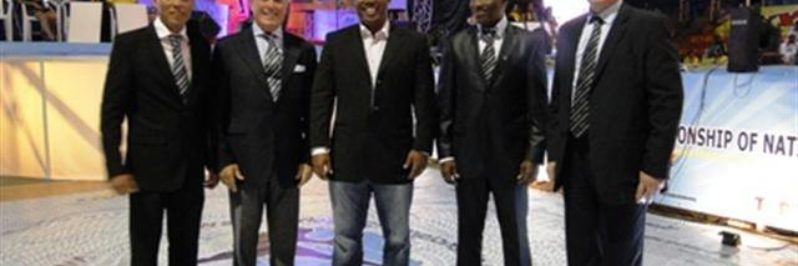
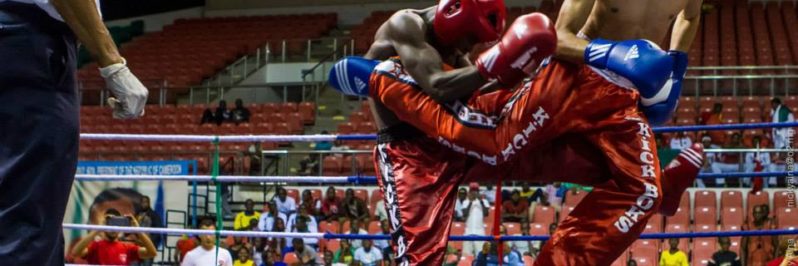
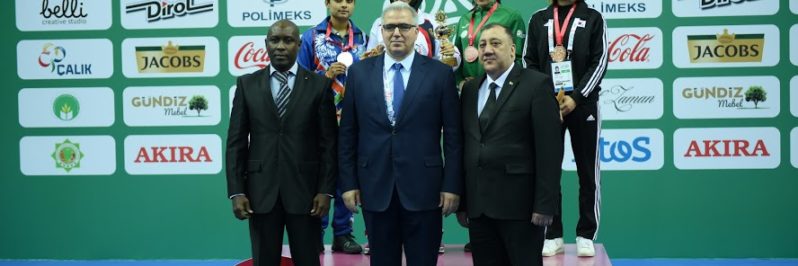
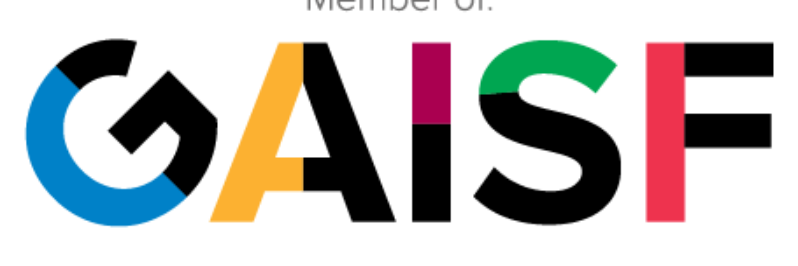

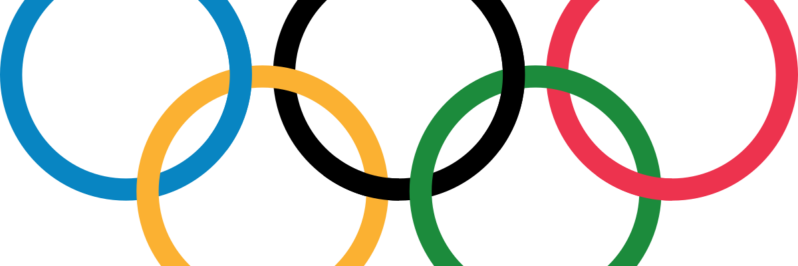
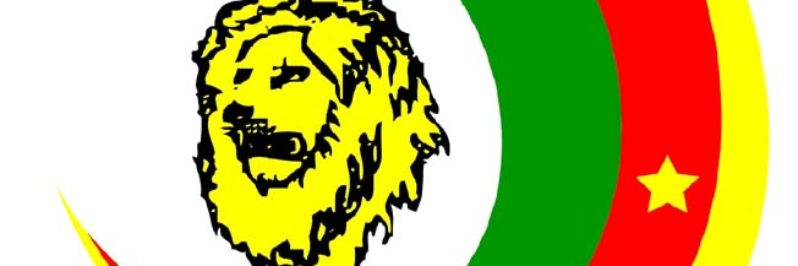

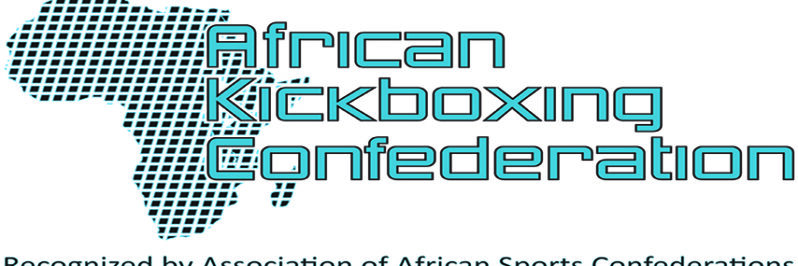
Sorry, comments are closed for this post.